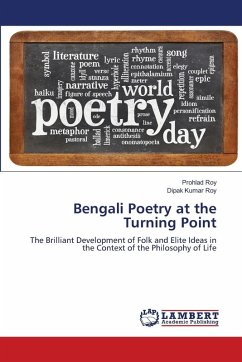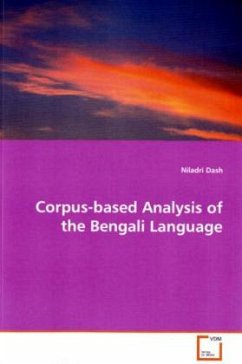
Mustafa Salim's Easy Reading of Sylheti Nagrilipi
A Translation Study
Versandkostenfrei!
Sofort lieferbar
27,99 €
inkl. MwSt.

PAYBACK Punkte
14 °P sammeln!
Sylhet is one of the distinctive places in Bangladesh with incredibly rich culture, heritage and history. The most prominent example is the Nagree (also spelled Nagri) script, a profound area of study in our Bengali literature. Interestingly, Bengali script is used by the Bengali speaking people, however, the use of Nagri alphabets along with Bengali was found only in the Sylhet region. This script had been exercised for several centuries. Although limited, this was in practice, especially in rural Sylhet till the middle of the twentieth century. Mustafa Selim collected Nagri Puthis from diffe...
Sylhet is one of the distinctive places in Bangladesh with incredibly rich culture, heritage and history. The most prominent example is the Nagree (also spelled Nagri) script, a profound area of study in our Bengali literature. Interestingly, Bengali script is used by the Bengali speaking people, however, the use of Nagri alphabets along with Bengali was found only in the Sylhet region. This script had been exercised for several centuries. Although limited, this was in practice, especially in rural Sylhet till the middle of the twentieth century. Mustafa Selim collected Nagri Puthis from different parts of rural areas and composed by Utso Prokashon, Bangladesh. He has written Sylheti Nagrilipir Sohojpath. The author has translated his book by modification through extra information.












